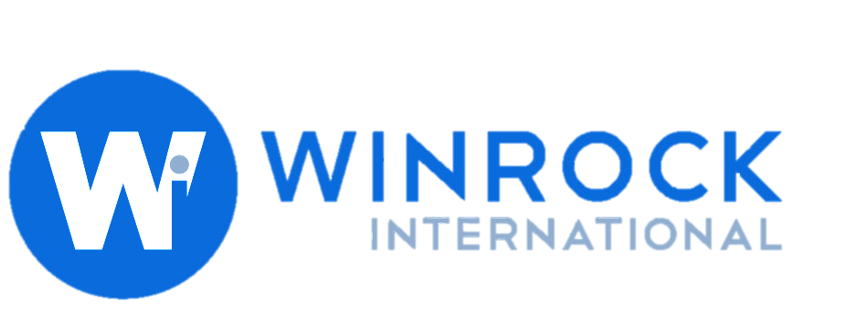To Consider:
The subject of this indicator can be modified to the interest of the program. e.g. % of participants in livelihood program who have a disability (can be disaggregated by whether they are receiving support for their disability).
This indicator can have multiple results (i.e. % of women, % of men, % of those with physical disability, % of those with mental disability, etc.).
This indicator should only be captured when it is safe to do so, where data are secure and project participants are not at risk in any way.
Definitions:
Programs can be capacity training, research training, or any program or events you are providing to your population of interest.
Persons with Disabilities are people with special needs who required special attention, care, and support from their family, communities, and workplace. These disabilities include long term physical, mental, intellectual, or sensory impairments, which in interaction with social attitudinal and environmental barriers hinders the full participation in society on equal terms.


